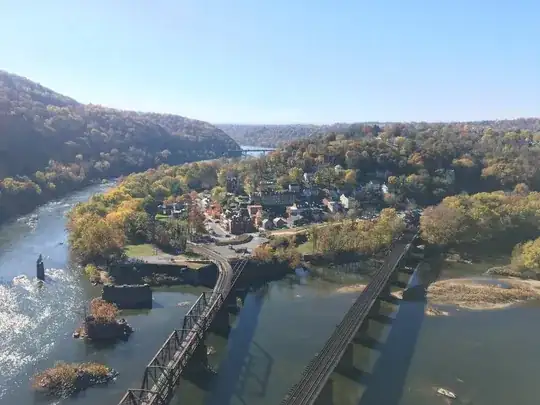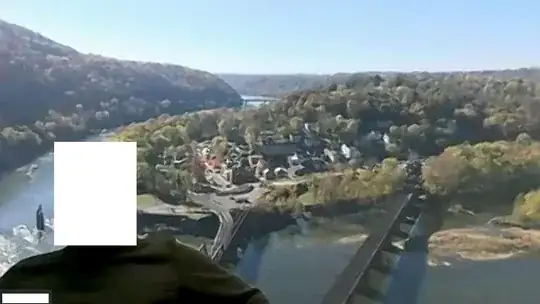I was on a Zoom video call with a coworker today, and I had my background image set to this photo.
She asked me about it, and I told her that I took the photo. Then she started making some really confusing comments, such as "Is that a photo of a painting?" She said everything looked like brushstrokes, and she finally shared this screenshot of how Zoom was showing my background image to her. As you can see, it looks like my photo was converted into a painting.
I looked at my Zoom settings and I didn't see anything that would "painting-ify" a background image. I have my Video Filters, Avatars, and Studio Effects all set to "None".
Why did Zoom show her a "painting-ified" version of my background image?
Additional information: I sent my coworker a copy of the original photo through Slack, and it did look like an actual photo to her, so it must be a problem specific to Zoom.


